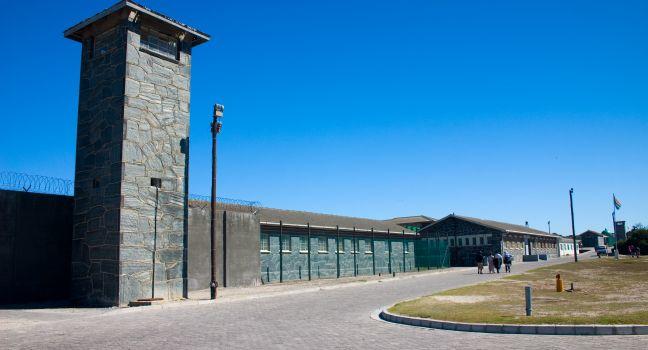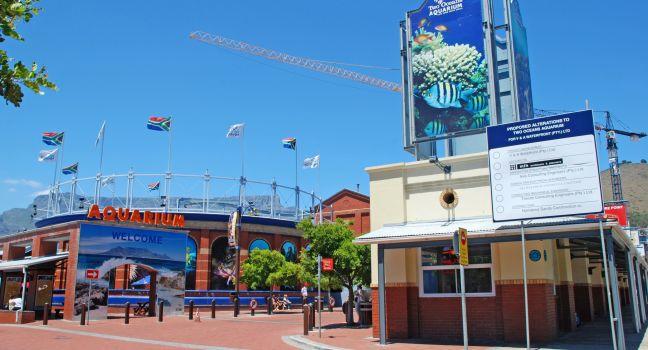Phinda Private Game Reserve
This eco-award-winning flagship &Beyond reserve, established in 1991, is a heartening example of tourism serving the environment with panache. Phinda (pin-da) is Zulu for "return," referring to the restoration of 220 square km (85 square miles) of overgrazed ranchland in northern Zululand to bushveld. It's a triumph. Today Phinda has a stunning variety of seven healthy ecosystems including the rare sand forest (which grows on the fossil dunes of an earlier coastline), savanna, bushveld, open woodland, mountain bush, and verdant wetlands. The Big Five are all here, plus cheetahs, spotted hyenas, hippos, giraffes, impalas, and the rare, elusive, tiny Suni antelope. Birdlife is prolific and extraordinary, with some special Zululand finds: the pink-throated twinspot, the crested guineafowl, the African broadbill, and the crowned eagle. The reserve is a little more than a two-hour drive from Richards Bay or four hours by road from Durban.





